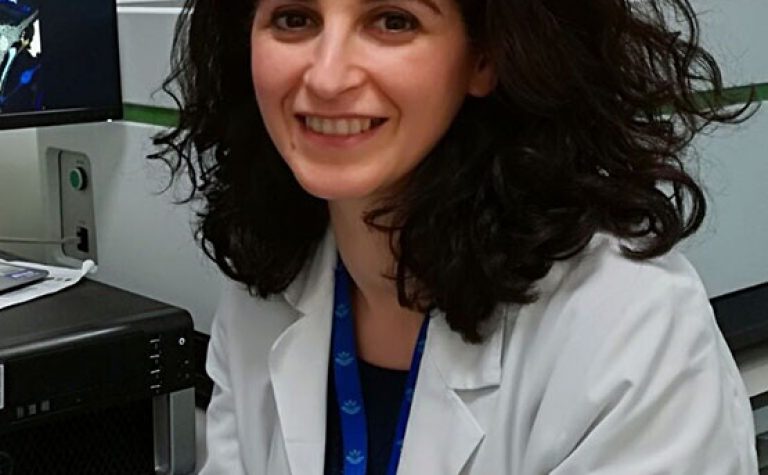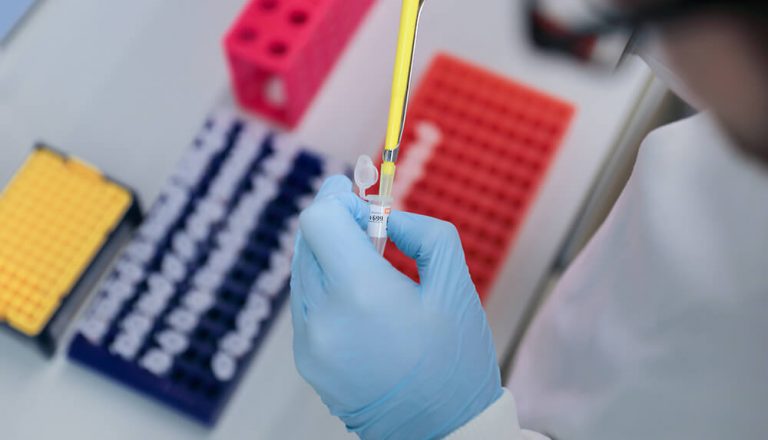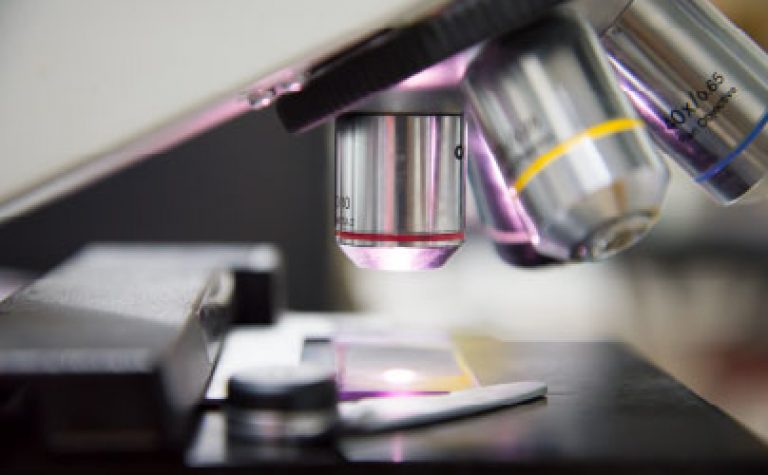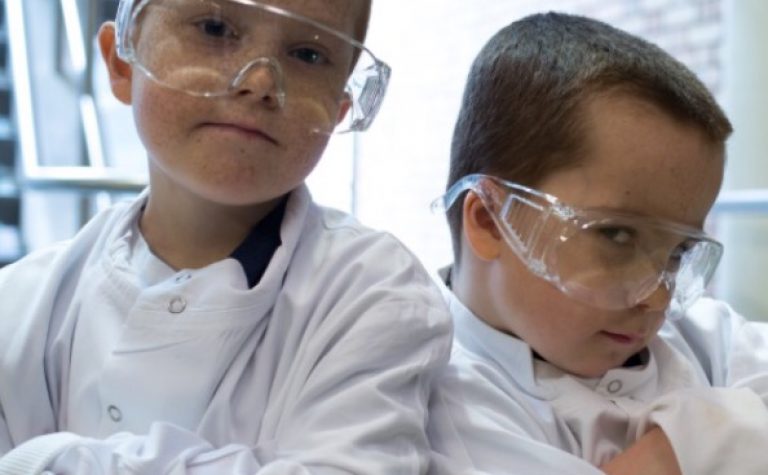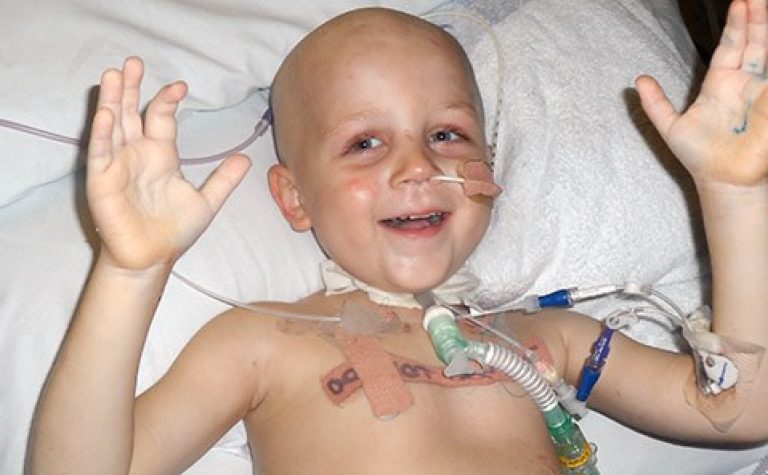Despite advances in our treatments for many types of cancer, the survival rate for children affected by tumours like paediatric glioblastoma (pGBM) and diffuse intrinsic pontine glioma (DIPG) remains low, and we urgently need new treatments.
One of the major challenges with these highly aggressive cancers is tumour invasion and, although we now understand a lot more about the biology of the disease, we still have no effective treatment. These tumours tend to be very varied, and to respond differently, making it hard to find effective ways to treat them.
In her previous research, in the lab of Professor Chris Jones at the Institute of Cancer Research, Dr Maria Vinci (pictured below) has studied the intratumour heterogeneity of pGBM and DIPG, their complex architecture, developing her understanding of how they grow and spread early in their development.
In this important project, she will analyse the mechanisms by which pGBM/DIPG cells migrate and invade,identify the key factors that affect these processes, and combine advanced imaging and proteomic analysis coupled to specific drug screens to identify new ways to target pGBM/DIPG migration/invasion.
